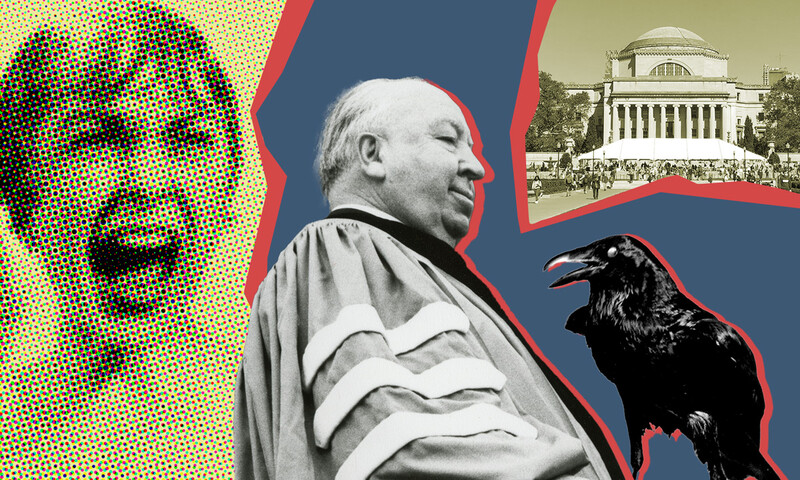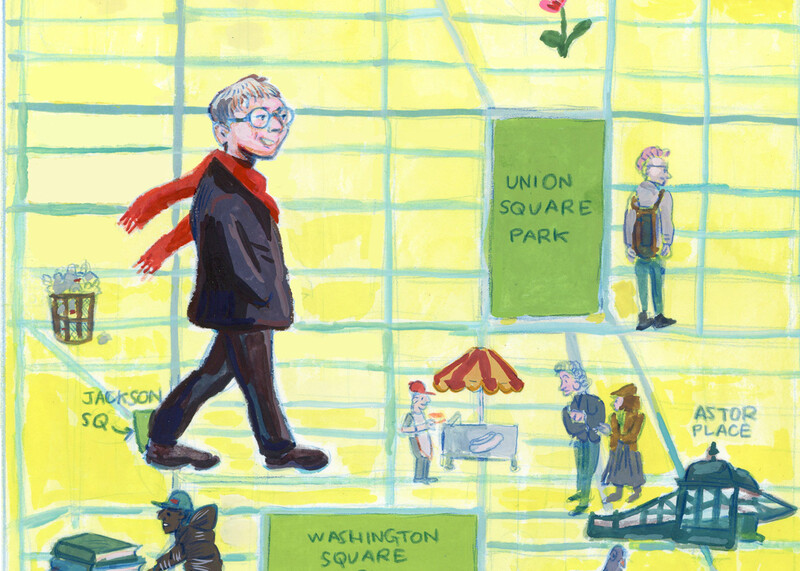How did you land this amazing job?
During my senior year at the University of Minnesota, I did an internship at a local St. Paul newspaper and realized you can eat and write for a living. I wanted to make that my career. My parents were immigrants from Vietnam living in the Midwest with four children, and we couldn’t afford to dine out. So the experience has always had an allure. I moved to New York in 2008 and attended the French Culinary Institute, started blogging about food, and worked as an assistant to legendary restaurant critic Gael Greene. The economy was bad at the time, and it was hard to get a job, so I enrolled at Columbia’s Graduate School of Journalism, where I learned how to think more deeply about topics and experienced the kind of close editing you don’t always receive in newsrooms today. I ended up writing my thesis on Spam. I eventually found my way to the dining section of The New York Times, followed by periods at Bon Appétit, Time Out New York, Eater, and now the Houston Chronicle.
What’s unique about Houston’s restaurant scene?
Houston is the fourth-largest city in the US by population. It’s sprawling and diverse — the Vietnamese and Nigerian populations are huge — and that’s reflected in the restaurants. There are all types of cuisine beyond barbecue and Tex-Mex, and people love to dine out. Barbecue is actually evolving here in Texas because of the diversity of the population; you can find a lot of Asian takes on it. I also see a lot of younger chefs opening restaurants here, because it’s more affordable than New York or San Francisco.
How exactly do you assess a restaurant?
I go to each restaurant a minimum of three times before I write a review. For a new business, I wait at least a month after it opens. I try to order as much food as I can, assessing each dish’s taste and execution. Fifteen years of writing about food, plus traveling and attending culinary school, have given me a deeper understanding of not only food but the overall restaurant experience: What’s the vibe and decor? Who is the chef or owner, and what story are they trying to tell? The critics I enjoy reading the most put everything in context.
Do you try to stay anonymous?
I try to be low-key. I always make reservations under different names, and I often have friends make reservations for me. It’s difficult to be anonymous these days. I try not to show my face too much on social media. When restaurant staff recognize me, they will sometimes go overboard with service — checking in every five minutes or refilling my water when I’ve barely drunk from it. It can be overbearing and awkward. Sometimes they will try offering me free food, which as a critic I can’t accept. (We pay for our meals and any extra food that may be sent out.)
What’s the hardest thing about your job?
There are a lot more middle-of-the-road meals than there are memorably good or bad ones. It’s easier to write about a really good restaurant that you loved. It can also be difficult to write a negative review, because you don’t want to totally pan the people who are making their livelihoods out of these restaurants. You also have to establish a voice and a relationship with readers as they learn your tastes. Not everyone’s going to agree with you, and you have to be OK with that.
What’s trending in the restaurant scene, and what’s falling out of style?
The era of fancy hours-long tasting menus is ending. We’re starting to see a lot of shorter, more affordable tasting menus for under $100. I think that’s great. Seed oils have become controversial; I recently reviewed a restaurant that’s entirely seed-oil-free and renders its own beef tallow each week. Omakase sushi restaurants are becoming very big in Houston, following in the footsteps of other big cities. They feel like the new steakhouse here. Social media tends to drive a lot of buzz around some restaurants, but personally I’m turned off by places that feel designed for Instagram, where the food is often an afterthought.
Restaurant critics have a reputation for being snobby. How do you try to counteract that stereotype?
I make it a priority to review outside of Houston’s “inner loop,” where most upscale and trendy restaurants are located. I like to seek out places that most people don’t know about, whether food trucks or suburban strip-mall restaurants. I recently reviewed a dim sum place inside a Courtyard by Marriott. One of my favorite meals I’ve had in this job was at a small soul-food restaurant next to a gas station. I had oxtail with sweet yams and cabbage — simple food that was executed really well. It wasn’t fussy in any way, but so delicious. To be able to find such a hidden gem and write about it, that’s what I love most about this job.




